

Part III : Sequel to the special theory of the determinative structure (Nomos) of the material world : Determination of stable patterns
Sequel to the theory of the true and ultimate determinants (if-then constants) of the material world, together constituting causal chains, causal webs, and the determinative connections in low-level and high-level material processes, again with respect to the formation of stable, enduring, repeatable patterns in the material world (space-time world, Explicate Order) : Chreodes and snow crystals.
e-mail :
 ( Please write in ' Subject ' entry : ' METAPHYSICS ', in order for me to be able to distinguish your mail from spam )
( Please write in ' Subject ' entry : ' METAPHYSICS ', in order for me to be able to distinguish your mail from spam ) Chreode landscapes in the Implicate Order and the formation of star-shaped snow crystals.
Introduction.
In Fourth Part of Website we discussed (still in a preliminary fashion) the analogy between crystals and organisms. And especially we concentrated on snow crystals because they seem to express the apparently great morphological potential of the (chemical) substance Water ( H2O ) when it crystallizes, that is, when it assumes stable macroscopic form and shape, and so, at least morphologically (that is, qua morphological potential) snow crystals, and certainly also all kinds of (other) frost, come close to organisms. Indeed this analogy goes beyond mere morphological potential : it includes the generation of similar morphological patterns such as we see in windowpane frost which can develop 'leaves' or 'flowers' and even curved plant-like ice structures. On a much smaller scale such structures also are found in the arms of star-shaped snow crystals.
The morphological analogy becomes even closer because snow crystals exhibit morphological types just as we see it in organisms. Morphological types in snow crystals are most conspicuously present in star-shaped snow crystals. When such crystals have initially developed in more or less uniform and mild conditions which, while remaining uniform, suddenly change in such a way that these crystals -- from a certain point in their individual history onwards -- are going to grow very rapidly, every such crystal then develops six arms or dendrites (or outgrowths one might say) which are -- within one and the same crystal individual -- morphologically very similar if not identical to each other. See next Figures.
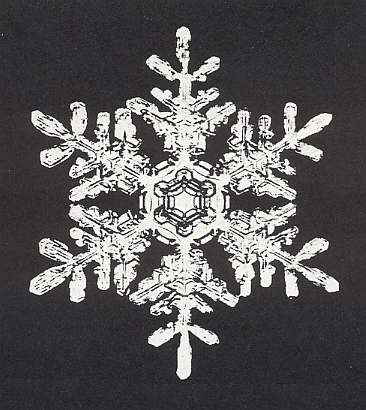
Figure 1 : Snow crystal with six outgrowths or branches (arms), that is, a small central hexagonal ice plate with six similar branched extensions at its corners.
(After W.A. BENTLEY and W. J. HUMPHREYS, Snow Crystals, 1931 / 1962, p. 183.)
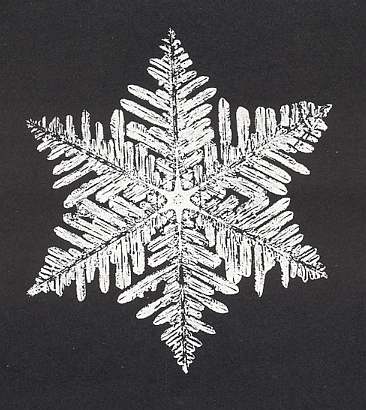
Figure 2 : Snow crystal with six outgrowths or branches : a (presumably) very small hexagonal central iceplate with six similar branched extensions at its corners.
(After W.A. BENTLEY and W. J. HUMPHREYS, Snow Crystals, 1931 / 1962, p. 183.)

Figure 3 : Snow crystal with six outgrowths or branches, that is, a small hexagonal central ice plate with six similar broad extensions at its corners.
(After W.A. BENTLEY and W. J. HUMPHREYS, Snow Crystals, 1931 / 1962, p. 51.)
The Figures above depict just three different morphological types of outgrowths or branches. There exist many more other types of such outgrowths (that is, outgrowths extending from each corner of the initial ice hexagon) in snow crystals.
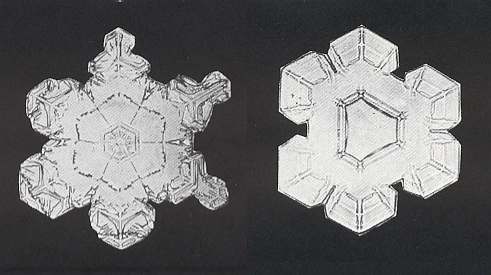
Figure 4
Left image : Morphology of arms not precisely repeated. Such a phenomenon must be attributed to local external conditions (and thus to extrinsic causes).
Right image : The interior of the crystal, as well as the distribution of its six arms, is three-fold instead of six-fold. So, although the crystal is not externally asymmetric, its symmetry has decreased.
For the time being we will not discuss such (qua external shape) strongly asymmetric snow crystals, but will concentrate rather on those (such as depicted in the Figures 1, 2 and 3) that developed under spatially uniform external (that is, atmospheric) conditions, or at least under almost uniform external conditions, conditions that is, with regard to the development of the six outgrowths or branches on one and the same snow crystal individual. These six branches are then very similar in size, shape and morphology.
Branches or outgrowths of snow crystals, and chreodes.
If we look carefully to (fairly) symmetrical branched snow crystals we see that generally the six branches of such a crystal, although differing in small detail, are very similar to each other. This means that the six branches of one such a crystal are of the same morphological type. Let us call it type A as it is present in this particular crystal. We may encounter this morphological type A also in other snow crystal individuals. But we may also find other morphological types, such as, say, types B, C, D, and so on. Three different morphological types of branches were already depicted in the above Figures 1, 2 and 3.
It is hard, if not impossible, to exactly define what in general a morphological type precisely is, but in one way or another it seems that the human observer can recognize and distinguish morphological types fairly accurately.
A fine organic analogy we find in the leaves of plants : Although the leaves of one and the same plant individual, or the leaves of one plant individual as compared to the other of the same species, often differ in small detail, they nevertheless are of the same morphological type (same type of venation and shape), while leaves of other species of plant are of a different morphological type.
The next Figures illustrate some symmetrically, or almost symmetrically, branched crystals, where each crystal carries some one specific morphological type of branch or outgrowth :
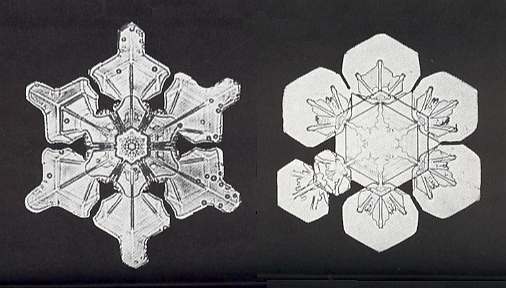
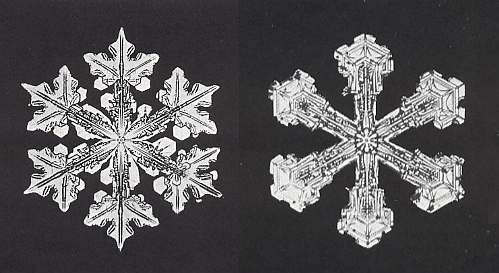
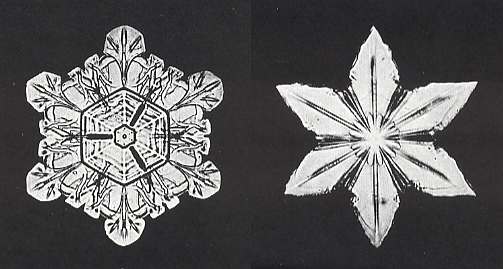
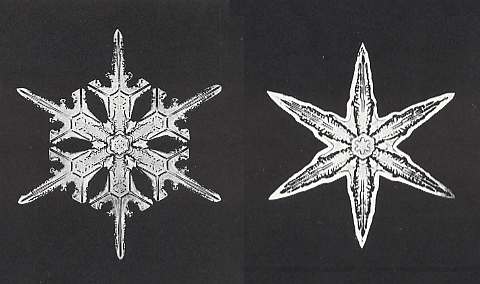
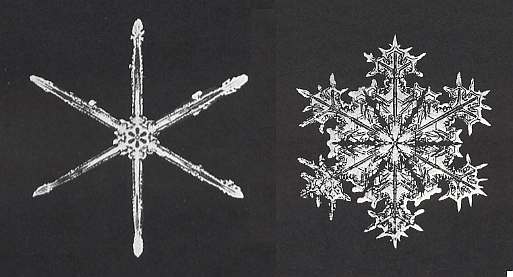
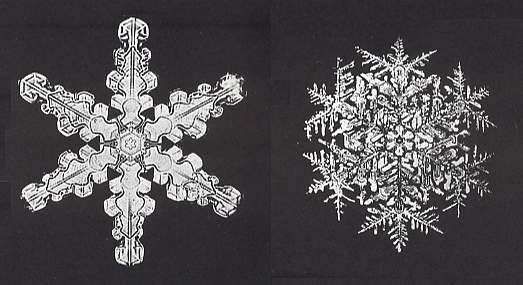
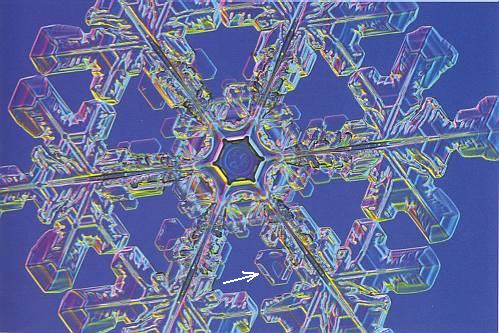
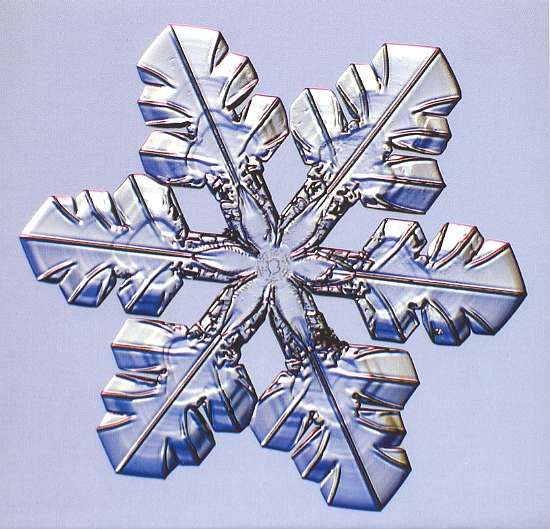
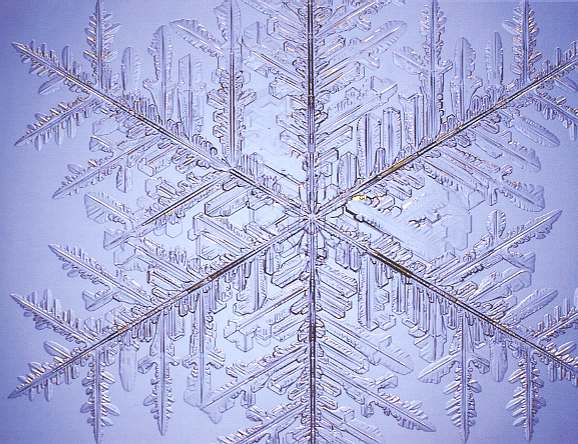
The general dynamics that produces such symmetrical (or almost symmetrical) branched snow crystals can roughly be described as follows : At first, under some more or less mild external (that is, atmospheric) conditions (that is, not too high a humidity of the air), the crystal grows relatively slowly and develops into a larger or smaller regular hexagonal ice plate. But then the external conditions change : Humidity becomes higher, increasing in this way the supply of water molecules for the growing snow crystal. And because the intrinsically fastest growing directions in the crystal can pick up the largest number of water molecules per time unit, these directions show a preferential growth under such conditions. In this way the crystal develops arms, one at each corner of the initial hexagonal ice plate.
Although the external conditions in which different individual and still developing snow crystals here and there in a snowfall or in different snowfalls find themselves are expected to be quite different, that is, we expect different local atmospheric conditions as we go from crystal individual to crystal individual, we expect similar or even sometimes identical atmospheric conditions when we go from one corner to another of the same hexagonal ice plate of a single (that is, one and the same) developing snow crystal. Such an atmospheric condition, as external condition, now prevailing around one particular corner of the hexagonal ice plate PLUS the corner itself as an internal condition, is expected to trigger a new dynamical system -- a subsystem one might say -- (new, that is, with respect to the dynamical system generating the central hexagonal ice plate) which generates a branch belonging to a particular morphological type. However, the conditions at the other five corners of the hexagonal plate will not be expected to be exactly the same. And because the crystal is now in a state of rapid growth the whole system is more or less unstable and therefore -- probably -- very sensitive to differences (even small ones) of conditions, here the conditions at the six corners of the initial hexagonal plate. So it is to be expected that branches of a different morphology will develop at the cornes of a hexagonal plate of one and the same crystal individual. And this is expected to be the case for all branched snow crystal individuals wherever they have originated.
However, we know from observation that this is not the case. While there are, it is true, many irregular and (strongly) asymmetric snow crystals, many other snow crystals are remarkably regular and symmetric (that is, also qua external shape), as we saw in the above Figures (which are photographs) (and in many more such photographs published elsewhere). And there must be a reason for it. Indeed, they, that is, the particular dynamical (sub)systems that generate these branches, follow already-fully-established chreodes, that is, canalized pathways. Such a chreode is, as we have seen, a complex determinative structure (metaphorically imaginable as a valley in a mountainous landscape) residing (as a noëtic structure) in the Implicate Order and determining one or another stable dynamical system or subsystem and its stable (end)product in the Explicate Order. We have also seen that the transformation of an initially unstable dynamical system into a stable system is ultimately rooted in changes in certain If-Then constants.
But, seen in this way we would expect six morphologically identical branches on a given branched snow crystal (and six morphological identical branches, but of another morphological type, on another given snow crystal, and so on). Also this we do not generally observe : most cases of symmetrical or almost symmetrical snow crystals show slight deviations from perfect 6mm symmetry, especially not all six branches of a given crystal are exactly morphologically identical to each other. Indeed, these six branches are, as we have seen, only identical qua morphological type (and this leaves room for minor morphological differences). And this means that the relevant chreodes which determine the succession of states of the dynamical subsystems generating snow crystal branches are in fact determining only morphological types : In fact such a chreode does not define or determine just one particular and one-off dynamical course ( = succession of dynamical states) but a group of possible more or less parallel dynamical courses slightly different from each other and each one on its own (when activated) leading, it is true, to a more or less different endproduct (snow crystal branch) (different from that of the other possible dynamical courses implicitly contained in the same chreode), but nevertheless resulting in a snow crystal branch of the same morphological type. Small perturbations, caused by temporarily changing external conditions, initially will lead to a small deviation from the original dynamical course. The system, however, will, because it is stable, quickly return to its original course.
But we have established earlier that a chreode only then is formed (in the Implicate Order) as a result of a frequent repetition (in the Explicate Order) of the course of some particular dynamical system. Well, the formation of the hexagonal crystal lattice of snow flakes has undoubtedly taken place many many times, and a chreode as a canalized pathway to such a lattice is expected to be formed already a long time ago. But what about the morphology of arms of branched snow crystals? Has every possible branch morphology, or every such morphology that we have actually observed, actually been generated in such degree of repetition that for each such morphology a chreode has been formed in the Implicate Order? We think it has. Snow has been formed already for a long time not only on the Earth's surface, but also undoubtedly at many other places in the Universe. But that does not necessarily imply that any precise condition, prevailing at a corner of the initial hexagonal ice plate, has been repeated many times. What we do expect is that every, or almost every, observed type of such a condition has occurred already many times in the Universe's history. And every such a conditional type has then repeatedly led to a corresponding morphological type of a snow crystal branch, resulting in the formation of the corresponding chreode in the Implicate Order. Such a chreode is then a determinative structure, not for a particular one-off dynamical pathway (resulting in a corresponding particular unique morphological structure of a snow crystal branch), but for a whole dynamical type of dynamical pathway and its corresponding morphological type of snow crystal branch. So such a particular chreode allows for the formation of several different possible snow crystal branches (that is, one or the other), all, however, belonging to the same morphological type. This means that slightly different initial conditions at a particular corner of the initial hexagonal ice plate of a growing snow crystal trigger slightly different dynamical courses (either the one or the other, depending on the prevailing initial condition at that corner), that is, a bundle of possible courses (either the one or the other). But each such a possible dynamical course leads to a snow crystal arm belonging to the same morphological type.
A chreode, determining some morphology, determines a morphology of system states and end product of a dynamical system by determining the succession of specific dynamical states. And each such a state consists, as we know, of a number of simultaneous (sub)conditions each one of them triggering the activation and application of some corresponding If-Then constant. The explicated content of the Then term of this initial If-Then constant then triggers the activation and application of another If-Then constant, and so on. This implies that a sequence of dynamical states, leading to one specific result, consists of a bundle of several series of If-Then constants. Another possibe sequence of dynamical states, also when it is canalized by the same chreode (that is, a chreode that determines just some morphological type), consists of a different bundle of several series of If-Then constants.
Let us now first depict a chreode which can canalize only one particular dynamic pathway, that is, a unique pathway and only this pathway. This is accordingly a chreode that determines only one particular one-off (that is, individual, unique) morphological structure :
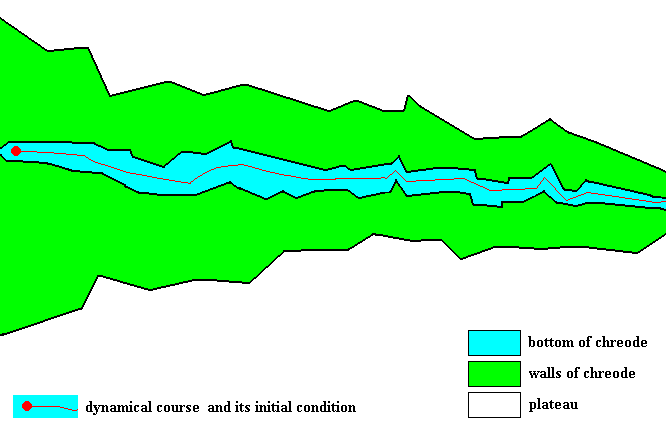
Figure 14 : One-entry chreode.
A chreode, drawn as an altitude map, which canalizes only one particular one-off dynamical course resulting in the generation of the corresponding particular one-off morphological structure, for example an arm of a dendritic snow crystal. The blue area is the bottom of the chreode and this bottom gradually slopes down from left to right. This type of chreode contains only one possible dynamical course to follow. We further assume that there is only one initial condition (that is, not several possible such conditions) that directly (and right from the beginning of the bottom course) sets the system in motion resulting in its following the one possible dynamical course of the chreode. Therefore we call such a chreode a one-entry chreode.
The green areas at both sides of the bottom are the lateral slopes of the chreode. If the system is perturbed in such a way that it deviates from its course along the bottom and then finds itself on one of these slopes, the system will thereafter quickly return to its orginal course along the bottom. This bottom is narrow while the slopes are relatively steep, so a transverse section through the 'valley' is V-shaped. At the bottom of the chreode we have drawn (red line) the canalized course (from left to right) taken by the succession of dynamical system states as this succession is determined by the If-Then constants that make up the chreode.
This Figure should not suggest that the Implicate Order contains only one such chreode. That would contradict the the fact of the enormous morphological diversity as we see it in the Explicate Order (think of organism and crystals). There are a great many 'species' of this brand of chreode, each determining or guiding the development of one particular material structure, different from that which is determined by another such 'species'.
The next Figure depicts a chreode which determines not one, but a whole bundle of possible dynamic courses (each consisting of a continuous succession of dynamical states, and each state consisting of a number of simultaneous [sub]conditions (not drawn), each one of them in turn triggering the activation and application of a series of successive If-Then constants [not drawn] ). Only the possible pathways followed by the succession of dynamical states are drawn, and from them only seven. Either the one or the other course is followed, depending on the initial condition.
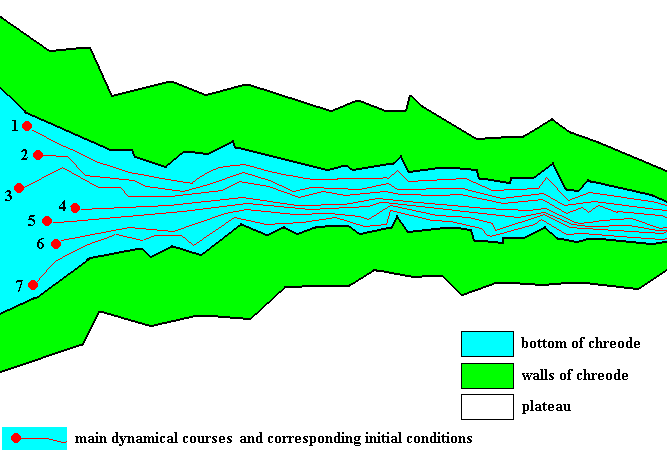
Figure 15 : Many-entry chreode.
A chreode, drawn -- like in the previous Figure -- as an altitude map, a chreode which does not canalize just a single one-off dynamical course (like the one-entry chreode of Figure 14) but a bundle of possible and similar ones (all going from left to right), of which seven are drawn and which are canalized one at a time, that is, one or the other, depending on the prevailing initial condition (red disc). The morphological products of these courses are, it is true, different but simular enough that all of them belong to one and the same morphological type. Because there is room for more than one possible dynamical course, that is, for several different possible courses, the chreode bottom is relatively broad (broader than the one depicted in Figure 14), and its transverse section is more or less U-shaped (like a valley carved out by a glacier instead of just a river or stream). There are, consequently, more than one possible initial conditions (in the present example numbered 1, 2, 3, 4, 5, 6 and 7), such that each one of them directly (and right from the beginning of the bottom course selected by it) sets in motion the main possible dynamical course (of the chreode) of which it is the initial condition. Therefore we call this type of chreode a many-entry chreode.
So this kind of chreode determines not a particular one-off morphology, but a whole morphological type. Such a type consists of many one-off morphologies together constituting the type. So when such a chreode is followed a few times the morphological results can be more or less different, but they still belong to one and the same morphological type.
Like in the previous Figure the blue area is the bottom of the chreode and this bottom gradually slopes down from left to right. The green areas at both sides of the bottom are the lateral slopes of the chreode. If the system is perturbed in such a way that it deviates from one of its courses along the bottom and then finds itself on one of these slopes, the system will thereafter quickly return to its orginal course along the bottom.
Also this Figure should not suggest that the Implicate Order contains only one such chreode. That would contradict the the fact of the enormous morphological diversity as we see it in the Explicate Order (think of organism and crystals). Also here there are a great many 'species' of this brand of chreode, each determining or guiding the development of one or another material structure belonging to some definite morphological type, different from that which is determined by another such 'species'.
So there exist at least two main categories of chreode determining morphological structure, namely (1) (as depicted in Figure 14) the kind of chreode canalizing ( = stabilizing) the course of one particular dynamical system (that is, without the possibility of canalizing other more or less different dynamical systems instead of this one) and thus determining or guiding the development of always the same one particular definite morphological structure (and thus without the possibility of determining or guiding the development of another more or less different morphological structure), and (2) (as depicted in Figure 15) the kind of chreode canalizing ( = stabilizing) not a single (in the sense of always the only choice available) dynamical course to follow, but a whole disjunctive set of dynamical courses (that is, either this one or that one, depending on the initial condition), where each such a course is the course of a slightly different possible dynamical system. These possible dynamical systems generate as endproducts morphological structures that are only slightly different from each other and consequenty belong still to the same morphological type. Which one of these possible dynamical courses (all belonging to the same chreode) will actually be followed, and thus precisely which morphological structure will be eventually generated, depends on the prevailing initial condition.
Having understood this we can distinguish three kinds or categories of morphological difference as to its origin that are present in snow-crystal branches (that is, outgrowths, dendrites, arms, sprouting off from the six corners of an initial hexagonal ice plate of a growing snow crystal). Let us compare two such branches, and let us call them A and B :
It is also possible that after a particular chreode had initially been followed by a dynamical system for a larger or smaller part -- this chreode normally resulting in branch A -- the system became perturbed so much ( = the overall external conditions changed so much) that the system 'jumped' either to another chreode, that is, another chreode was then activated, or the system followed some one unstable course not within the confines of any chreode. The result then is a snow-crystal branch that in its beginnings more or less resembles branch A, while the rest of it does not.
The situation described in 2 of the above list corresponds to the following situation :
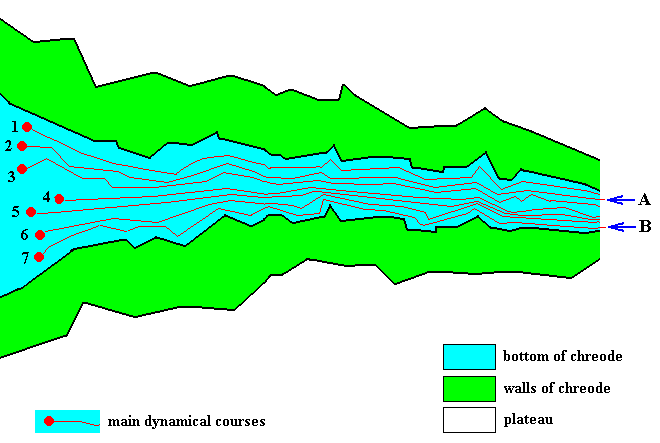
Figure 16 : Situation described in 2 of the above list.
Snow-crystal branches A and B are the morphological result of their dynamical courses following one and the same chreode. So these snow-crystal branches belong to the same morphological type. However, the respective initial conditions prevailing at the corresponding corners of the initial hexagonal ice plate of the growing snow crystal happened to be slightly different from each other : For A the initial condition was 2, and for B it was 7. This results in morphologically different snow-crystal branches, but nevertheless similar enough that they still belong to the same morphological type (as would also be the case when branches had been developed according to the other possible dynamical courses potentially contained in this chreode, that is, courses starting from initial conditions 1, 3, 4, 5, and 6).
The situation described in 3 corresponds to the following situation :
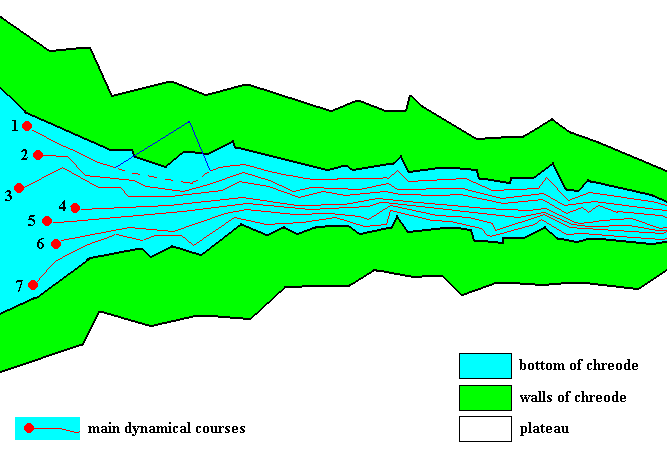
Figure 17 : Situation described in 3 of the above list.
At a given corner of an intial hexagonal ice plate of a growing snow crystal the initial condition 1 prevails. And this implies that a certain chreode, and in it a certain dynamical course, is follwed. But at some point in time the dynamical system was slightly perturbed causing it (that is, its course) to climb (as 'seen' in the Implicate Order) the chreode wall (first blue line segment), but without reaching the plateau. Hereafter, however, the system quickly returns (second blue line segment) to its original course down the valley of the chreode. The resulting snow-crystal branch locally differs morphologically a little from a branch also resulting from condition 1 of that same chreode but without having undergone the described perturbation.
The situation described in the second part of 1 corresponds to the following situation :
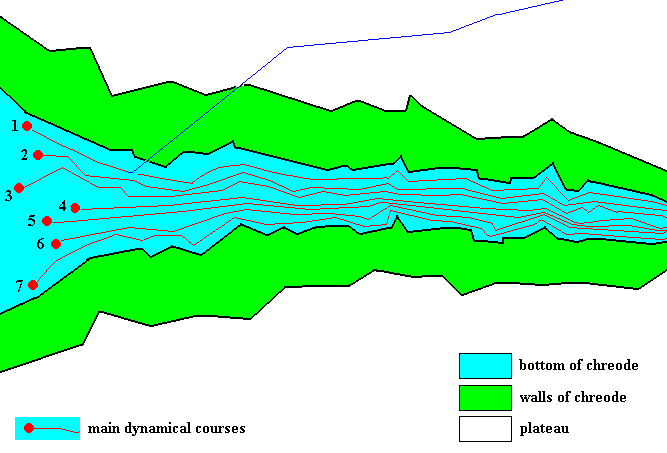
Figure 18 : Situation described in the second part of 1 of the above list.
The initial condition prevailing at a given corner of the initial hexagonal ice plate of a growing snow crystal happened to be condition 1. This implies that a certain chreode is followed by the dynamical system and within that chreode (is followed) one of its possible dynamical courses, namely the one starting from initial condition 1. But more or less soon after this a strong perturbation of the dynamical system takes place letting it jump out of the chreode right onto the plateau, that is beyond the chreode wall. And now, unless there is a second perturbation pushing the system back to the chreode bottom, the system will end up either in another chreode or go its way along some one unstable dynamical course which is not associated with any chreode.
Of course this can also happen when the system initially follows a different course within this same chreode or within another such chreode of the same category or within a chreode of the other category (depicted in Figure 14 ).
We are now ready to describe the development of branched snow-crystals in terms of chreodes and If-Then constants :
We start with the already generated central hexagonal ice plate :
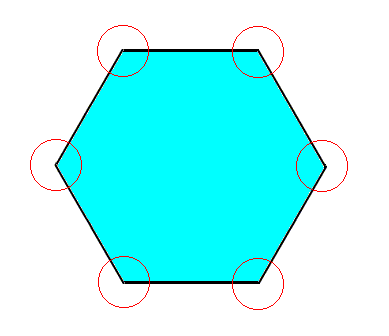
Figure 19 : Initial hexagonal ice plate of a growing snow crystal. Normally these ice plates are very small, their diameter is in the order of a millimeter or less. The circles suggest where we must roughly locate the areas containing the conditions, internal and external, prevailing at the six corners. We assume that the external conditions around the growing snow crystal have changed after the formation of the plate, changed in such a way that the humidity of the air has increased significantly causing a strong increase in the growth rate of the crystal eventually resulting in the development of an arm or outgrowth at each corner of the initial hexagonal plate.
Until the formation of the central plate the dynamics of the growing snow crystal had followed the regular chreode that canalizes the crystallization of water (H2O). Now the external conditions have changed as described. Because now rapid growth will set in, resulting in the formation of the mentioned outgrowths with little or no growth at all between them, we can concentrate on the conditions as they prevail at the six corners of the hexagonal plate. Together with the overall external condition, these conditions have changed as described. New chreodes will now be followed by the dynamical system that generates the snow crystal. But when the changed conditions at the six corners differ only very little from each other (which is to be expected because the crystal is still very small) a same chreode will be followed for all six developing branches. Let us assume that this chreode is the one that was depicted earlier as Figure 15, which Figure we again here reproduce :

Now if all six conditions (each one prevailing at one of the six corners of the initial hexagonal ice plate of the growing snow crystal) were exactly identical to each other, say condition 2 in the above Figure, then morphologically identical arms will develop, one at each corner :
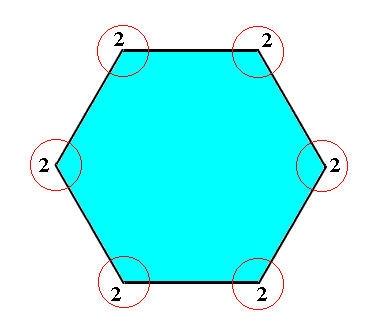
Figure 20 : At each corner of the intial hexagonal ice plate now condition 2 prevails.
At each corner the dynamical system generating the snow crystal will now follow the chreode depicted in the above Figure (the here reproduced Figure 15). And because at each corner the same condition 2 prevails the dynamics generating the six arms will all follow the dynamical course starting from condition 2 in this chreode :
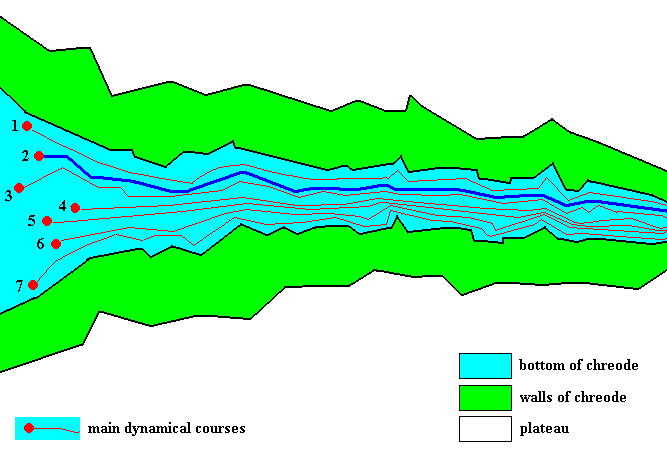
Figure 21 : Prevailing of condition 2 implies (1) the following of the chreode of this Figure (which is just an example of a particular chreode that is followed), and (2) within this chreode, the following of the particular dynamical course (blue track) starting from condition 2 . But because all six corners find themselves in exactly this condition 2, the dynamic processes generating the snow-crystal arms will all follow that same dynamical course starting from condition 2 . They will not follow one of the other possible courses implicit in the chreode.
But what, if the conditions at the six corners A, B, C, D, E and F differ slightly from each other, say, at corner A, condition 1, at corner B condition 2, at corner C also condition 2, at corner D condition 3, at corner E condition 5, and at corner F condition 7 ? See next Figure.
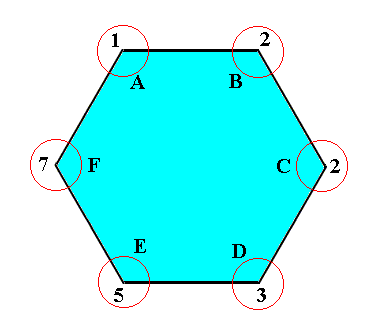
Figure 22 : The local conditions 1, 2, 3, 5 and 7 as they are distributed over the six corners A, B, C, D, E and F of the corners of the initial hexagonal ice plate of the growing snow crystal.
Then the same chreode will be followed, but in it the dynamical courses starting from conditions 1, 2, 2, 3, 5, and 7 will specifically be followed :
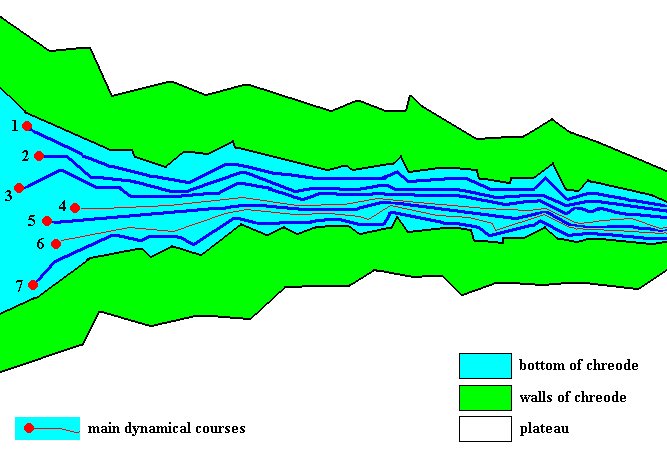
Figure 23 : The possible dynamical courses 1, 2, 3, 5, and 7 are followed (by the dynamical system generating the snow crystal) in the same chreode. The result is that at corner B and C two morphologically identical arms are generated, while morphologicaly different arms are generated at the corners A, D, E and F. Although morphological different arms have been developed, they have developed according to the same chreode and belong consequently to the same morphological type.
If we describe all this (that is, the generation of branched snow crystals) in terms of If-Then constants, then we just descend one level lower : The possible dynamical courses as they are contained in chreodes are sequences of consecutive system states, that is, each such a dynamical course is a series of consecutive system states, starting from some initial condition or state. Each such a state in turn consists of a number of simultaneous subconditions. So also the initial system state of a given possible dynamical course consists of a number of simultaneous subconditions. And when this initial state actually prevails, then each of its subconditions triggers (in virtue of its injection into the Implicate Order) the activation and application of some If-Then constant (residing in the Implicate Order) resulting in the projection (into the Explicate Order) of the content of its Then term. In this way a new system state emerges. The projected content of each of the Then terms of these If-Then constants (together making up the mentioned system state) then in turn triggers the activation and application of the next If-Then constant. And the projected contents of their Then terms then together make up the next system state, and so on.
This concludes our exposition of the generation of branched snow crystals in terms of chreodes and If-Then constants.
e-mail :
 ( Please write in ' Subject ' entry : ' METAPHYSICS ', in order for me to be able to distinguish your mail from spam )
( Please write in ' Subject ' entry : ' METAPHYSICS ', in order for me to be able to distinguish your mail from spam )
To continue click HERE for further study of the determinative structure of the World, Part IV.
Back to Aristotelian metaphysics Part I
Back to Aristotelian metaphysics Part II
Back to Aristotelian metaphysics Part III
Back to Aristotelian metaphysics Part IIIa
Back to Aristotelian metaphysics Part IV
Back to Aristotelian metaphysics Part V